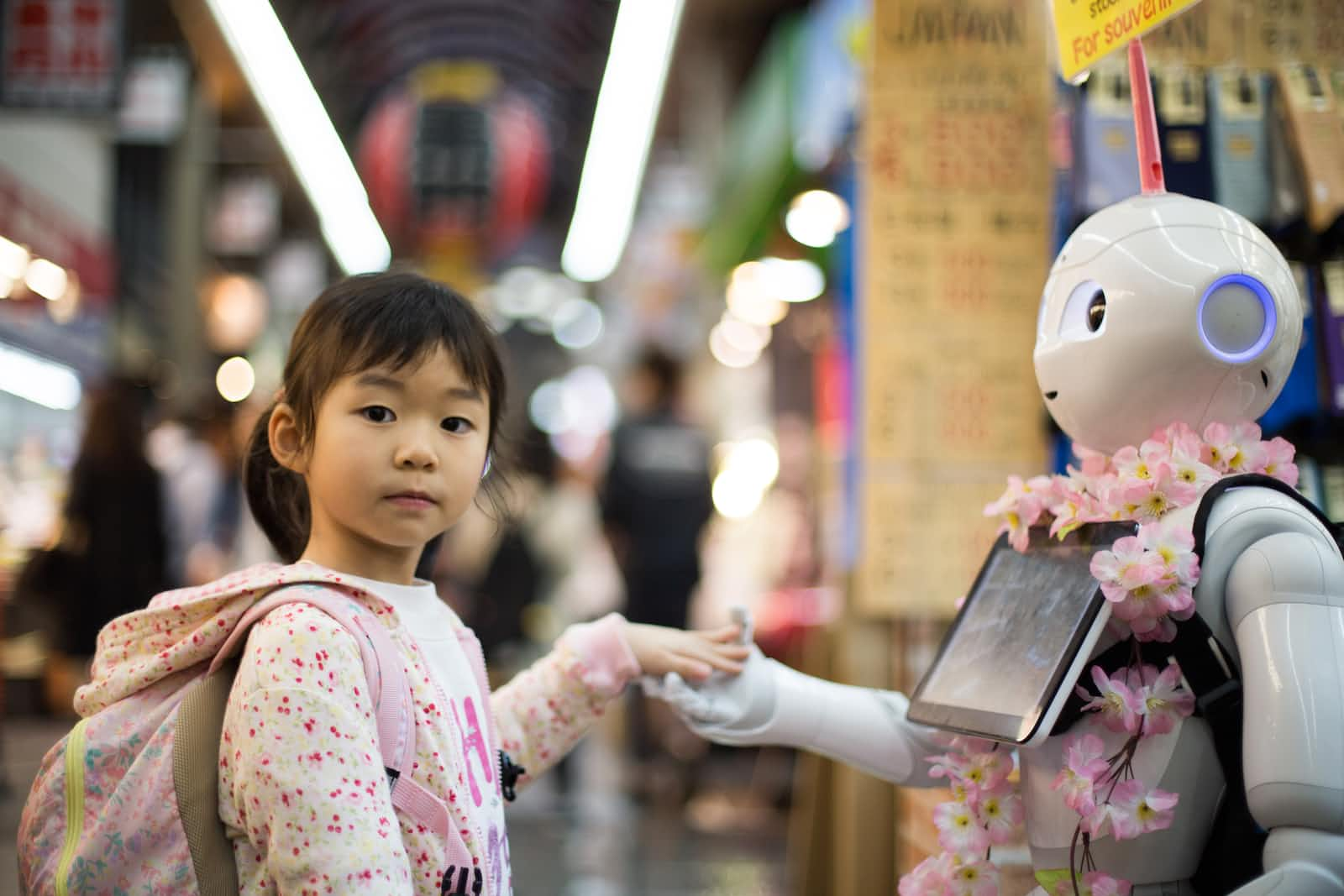How Robots Make Our Life Easier
 All Insights
All Insights
We’ve seen them in movies, TV, and other media for decades. The world of science fiction may have you believe that robots are likely to take over the world, and who knows, science fiction may be right. But let’s think about it; these robots have a human element in science fiction. Whereas in our world, robots are vacuums or they build your car. The world of robotics is advancing, and it looks like it is advancing in a way that will enhance our lives, as opposed to starting a human vs. robot war.
However, there are continuing concerns about the potential impact of robots on employment. Therefore, it is essential to examine how robots are contributing to the development and efficiency of various industries.
Robots in Industry
Robots have become increasingly prevalent in various industries, revolutionizing tasks and enhancing productivity. Their advantages in the workplace are numerous and diverse.
Continuous operation: Robots do not require breaks, rest, or sleep. Unlike humans, they can work tirelessly round the clock, significantly increasing operational efficiency and output.
Consistent performance: Once programmed correctly, robots can execute tasks consistently and accurately. They eliminate human error, reducing the risk of mistakes and ensuring reliable outcomes.
Increased productivity: With the ability to work continuously and consistently, robots significantly enhance productivity levels in industrial settings. They can perform repetitive tasks at high speeds, completing them much faster than humans.
Enhanced safety: Robots excel in working environments that may pose risks to human workers. They can operate in hazardous conditions, handle dangerous materials, or perform tasks that involve exposure to toxins or extreme temperatures. Robots help safeguard human lives and well-being by replacing humans in such situations.
Efficiency in specialized tasks: Robots can be tailored and programmed to excel in specific tasks and processes. They can easily handle intricate assembly procedures, perform delicate operations, or execute complex calculations. This specialization optimizes efficiency and quality in various industrial applications.
Cost-effectiveness: While initial investment costs for implementing robots may be significant, their long-term benefits outweigh the expenses. Robots contribute to long-term cost savings by reducing labor costs, minimizing errors, and streamlining operations. They offer a return on investment through increased productivity and improved product quality.
Flexibility and adaptability: Industrial robots are designed to be versatile and adaptable to different tasks and processes. They can be reprogrammed or reconfigured quickly, enabling businesses to respond swiftly to changing production needs and market demands.
Collaborative potential: Advancements in robotics have led to the development of collaborative robots, also known as cobots. These robots can work alongside human operators, assisting them in complex tasks or handling physically demanding work. Cobots promote human-robot collaboration, combining both strengths to achieve optimal results.
Data-driven insights: Robots with artificial intelligence capabilities can gather and analyze vast amounts of data during their operations. This data can provide valuable insights into process optimization, identifying areas for improvement, and facilitating data-driven decision-making in industrial settings.
Of course, the fear here is that robots will take our jobs. There is another side to the coin, though! Robots can’t replace human creativity, human connection, or human management. Those jobs aren’t going anywhere. And, while robots might take some of the tedious work humans must do, new jobs will also be created.
Robots, while they take away mundane things, don’t do it alone. With new technology, there will be new skills and new job positions. This work will likely be more creative as opposed to technical. The trick to a smooth transition into any industry change due to technology is simply embracing the change. If we embrace the change and start retraining people now, we’ll be more ready for a smooth transition.
Robot Assistants
From vacuuming to Siri, robot assistants, including those embodied in physical forms like the Roomba, can help us in many ways. Life is busy, and the world only seems to get busier, so these robot assistants, like Siri and Amazon's Alexa, can be a huge boon to the everyday life of people. No, there aren't robots acting as butlers, but some very useful robots like the Roomba are already making a difference. Let's look at some that we may not think of as robots.
Many think that robots need to have physical bodies. However, that isn't necessarily the case. Apple's Siri and Amazon's Alexa, known for their remarkable voice-activated capabilities, are great examples of these robot assistants. With just the power of your voice, you can change the podcast, set up an appointment, or create a reminder, making these robots incredibly helpful.
Another robot assistant with a body that helps us is the Roomba. Sweeping and mopping can take up a lot of time, but these robots take care of that tedious chore for us, freeing up our valuable time.
No doubt there will be plenty more robot inventions in the future. If we embrace robotics, including the use of robot assistants and innovative technologies like glass awards, we can live easier lives and have more time to do the things we love. Robots aren't here to take the world over; they're here to make life a little bit better.
Subscribe to my newsletter
Read articles from All Insights directly inside your inbox. Subscribe to the newsletter, and don't miss out.
Written by
